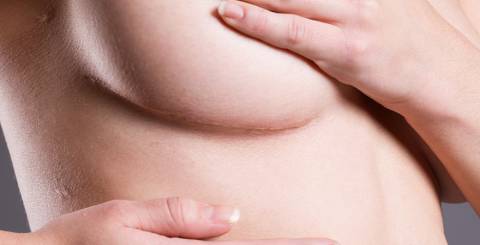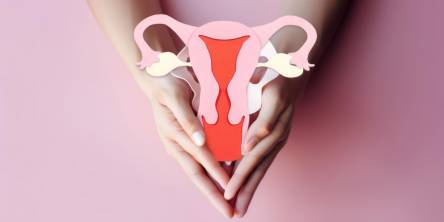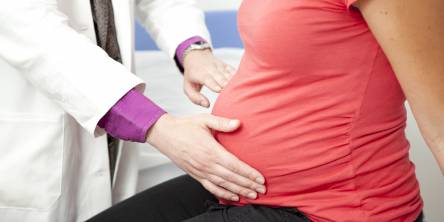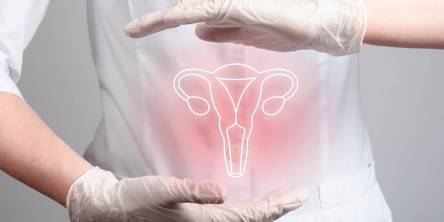5 Ways to Reduce the Visibility of Breast Lift Scars

A breast lift, like any other operation, involves skin incisions. Scarring occurs when your skin generates new tissues and mends the wound after an incision.
There are, however, measures to reduce scarring before, during, and after a breast lift.
The first step is to find a qualified and experienced plastic surgeon. Portfolio browsing can help you understand what a surgeon is capable of and pinpoint the results you want.
Working with an expert surgeon can ultimately lower your chance of scarring complications. They can also teach you how to care for and protect your skin after surgery.
Read on to learn more about how to reduce the visibility of your scars after a breast lift.
Different techniques leave different scars
Not all breast lifts result in the same amount of scarring. There are more and fewer invasive procedures available. Your surgeon can propose a specific lift according to your needs, such as sagging, size, and form.
Generally, the less you try to repair, the fewer incisions and scars you'll have. Going over your surgeon's portfolio of work will give you a better understanding of what your surgery may look like.
How to care for your scars and minimize their appearance
One of the most effective strategies to avoid breast lift scars is to prevent excessive scar tissue from forming. However, consult with your surgeon before attempting any home or over-the-counter (OTC) therapies. They can provide you with advice on best practices and help you with your care.
1. Scar massage
Scar massage involves gently massaging the scars in both horizontal and vertical motions. This is supposed to reduce inflammation and pain while also boosting collagen fibers to flatten scars.
According to Moffitt Cancer Center standards, you can begin massaging your scars two weeks after surgery. You can do the massage a couple of times per day, for around 10 minutes each time. You probably won't need to massage the scar once it flattens and fades.
2. Silicone sheets or scar gels
Consider silicone sheeting or scar gels as over-the-counter remedies.
Silicone sheets are silicone-containing bandages that aid in the hydration of fresh incisions. This, in principle, prevents overdrying and excessive scar tissue. These bandages may be used to relieve itching and pain immediately following surgery. You can keep using it until the incisions heal.
Scar gels, on the other hand, are over-the-counter silicone-based solutions that do not include bandages. These are used once the incisions have healed and for several weeks afterward. The major goal is to make the scars smaller and lighter in color.
3. Embrace dressings
Embrace dressings, like silicone sheets, are silicone-containing bandages. These are administered immediately after your surgeon has closed the wounds. The embrace dressing will help to bring the incision margins together, reducing scar tissue formation. They can be worn every day for up to a year.
4. Fractionated lasers
Once your wound has healed fully, you might explore professional scar removal treatments. Laser therapy can reach the top (epidermis) and inner (dermis) layers of your skin to minimize pigmentation differences
However, more than one treatment will be required to attain the desired results. For best outcomes, your scar should be treated every other month for a year or longer.
5. Sunscreen
Even if your incisions aren't directly exposed, ultraviolet (UV) radiation from the sun can penetrate your shirt or bikini top. Sunscreen can help to keep scars from deepening in the sun.
When the incisions have healed fully, you can begin applying sunscreen. Limit your sun exposure till then.
Wear sunscreen every day and reapply as needed for the greatest effects. Wear SPF 30 or higher. Make sure to use "broad-spectrum" sunscreen. These products offer the best UV protection.
Similar Articles
If you have hip discomfort during perimenopause or beyond menopause, there may be a relationship. Reduced estrogen levels might raise your chance of getting gluteal tendinopathy. They may also contribute to osteoarthritis, which can damage several joints, including the hips.
Of the estimated total population having osteoporosis and osteoarthritis, 80% are women. One in two women over the age of 50 get serious fractures because of onset or severe osteoporosis. A bone injury at that age means serious length of recovery and difficulty in returning to normal mobility.
Breast lift surgery lifts the breasts, strengthens the tissue, and eliminates extra skin to boost elevation and better nipple positioning.
An enlarged vagina can occur as a result of unrelated events, such as the end of pregnancy or after sex. It can also be caused by vaginal irritation from wearing synthetic fabric underwear or a sexually transmitted disease such as genital herpes.
Uterine fibroids are one of the most common gynecological diseases that affect many women during their reproductive years. In this article, we will look at all aspects of this condition, including its causes, symptoms, diagnosis, treatment, and possible complications.
Polycystic ovarian disease (PCOD) is a hormonal disorder prevalent among women of reproductive age. It occurs when a woman's ovaries or adrenal glands produce higher-than-normal levels of male hormones, called androgens. This hormonal imbalance disrupts the menstrual cycle and leads to the formation of small cysts on the ovaries
Uterine fibroids are benign tumors that develop in the uterine muscle tissue. According to the US Office on Women's Health (OWH), fibroids can grow as a single tumor or as a cluster in the uterus, and they can be as small as an apple seed or as large as a grapefruit.
Your pregnancy test came back positive, and nothing, not even early pregnancy symptoms like morning sickness or exhaustion, can dampen your spirits. However, it is natural to worry about what to do when you discover you are pregnant.
The cervix's proper functioning is crucial to a woman's reproductive health and fertility. However, most women do not know anything or have a limited understanding of it. As a result, there are numerous misconceptions surrounding cervical health.









